I-V characteristic of a copper of length L and area of cross-section A is shown in the figure. The slope of the curve becomes
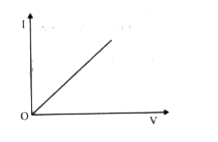
More if the experiment is performed at higher temperature
More if a wire of steel of the same dimension is used
More if the length of the wire is increased
Less if the length of the wire is increased
The correct Answer is:D
Slope of V-I curve = R=(plA). But in given curve axes of I and V are interchanged. So the slope of given curve = 1R=(Apl). Ie, with the increase in the length of the wire. Slope of the curve will decrease.
Similar Questions
Knowledge Check
l-V characteristic of a copper wire of length Land area of cross-section A is shown in figure. The slope of the curve becomes
 AMore if the experiment is performed at higher temperatureBMore if a wire of steel of same dimension is usedCMore if the length of the wire is increasedDLess if the length of the wire is increased
AMore if the experiment is performed at higher temperatureBMore if a wire of steel of same dimension is usedCMore if the length of the wire is increasedDLess if the length of the wire is increasedI−V characteristics of a copper wire of length L and area fo cross-section A is shown in Fig. The slope of the curve becomes
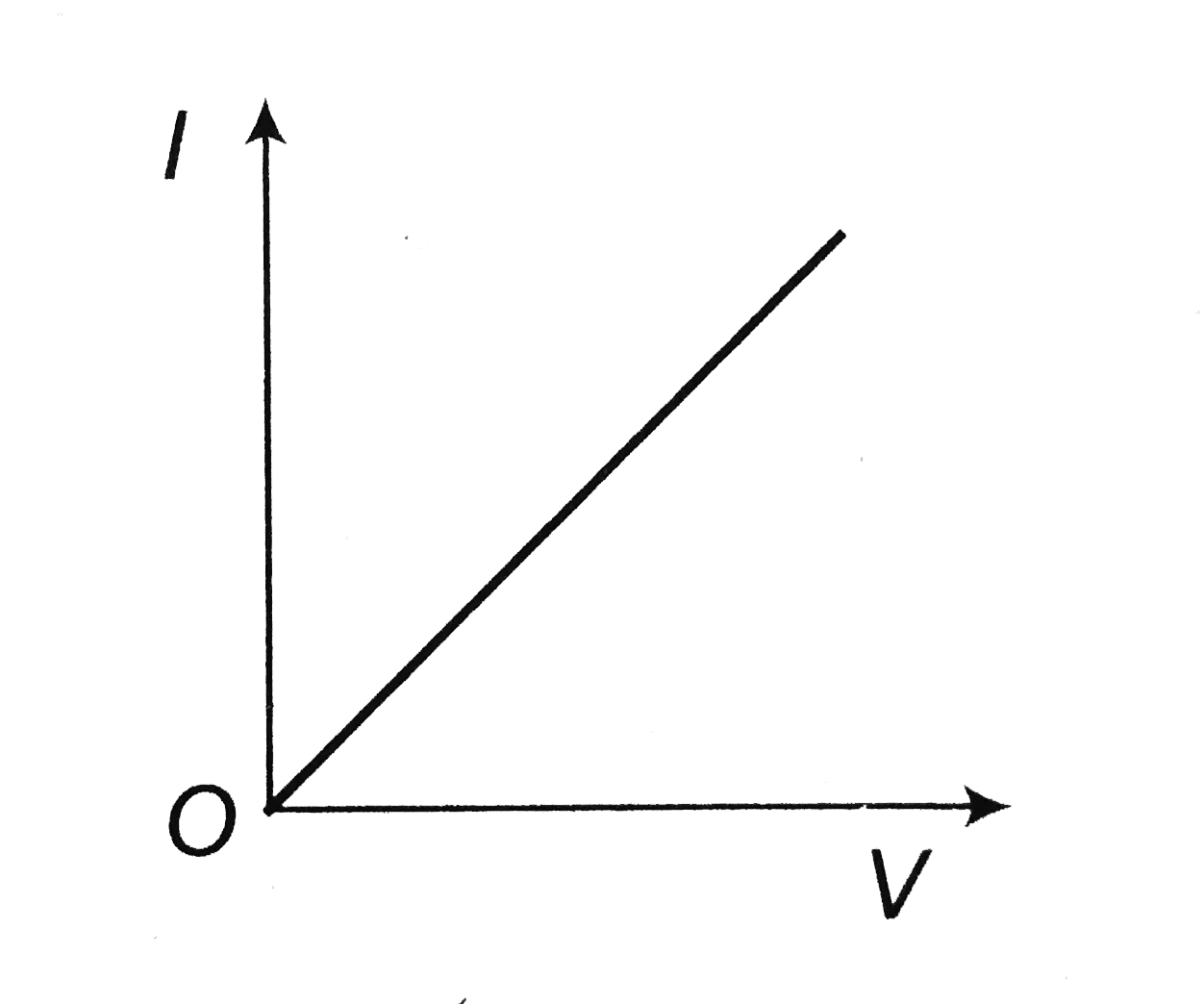 AMore if the experiment is performed at higher temperatureBMore if a wire of steel of same dimension is usedCMore if the length of the wire increasedDLess if the length of the wire is increased
AMore if the experiment is performed at higher temperatureBMore if a wire of steel of same dimension is usedCMore if the length of the wire increasedDLess if the length of the wire is increasedAn aluminium rod of length L and cross-sectional area 2A is joined with a copper rod of length 2L and area of cross-section is A as shown in figure. Find the temperature of aluminium-copper junction in the steady state of the system.
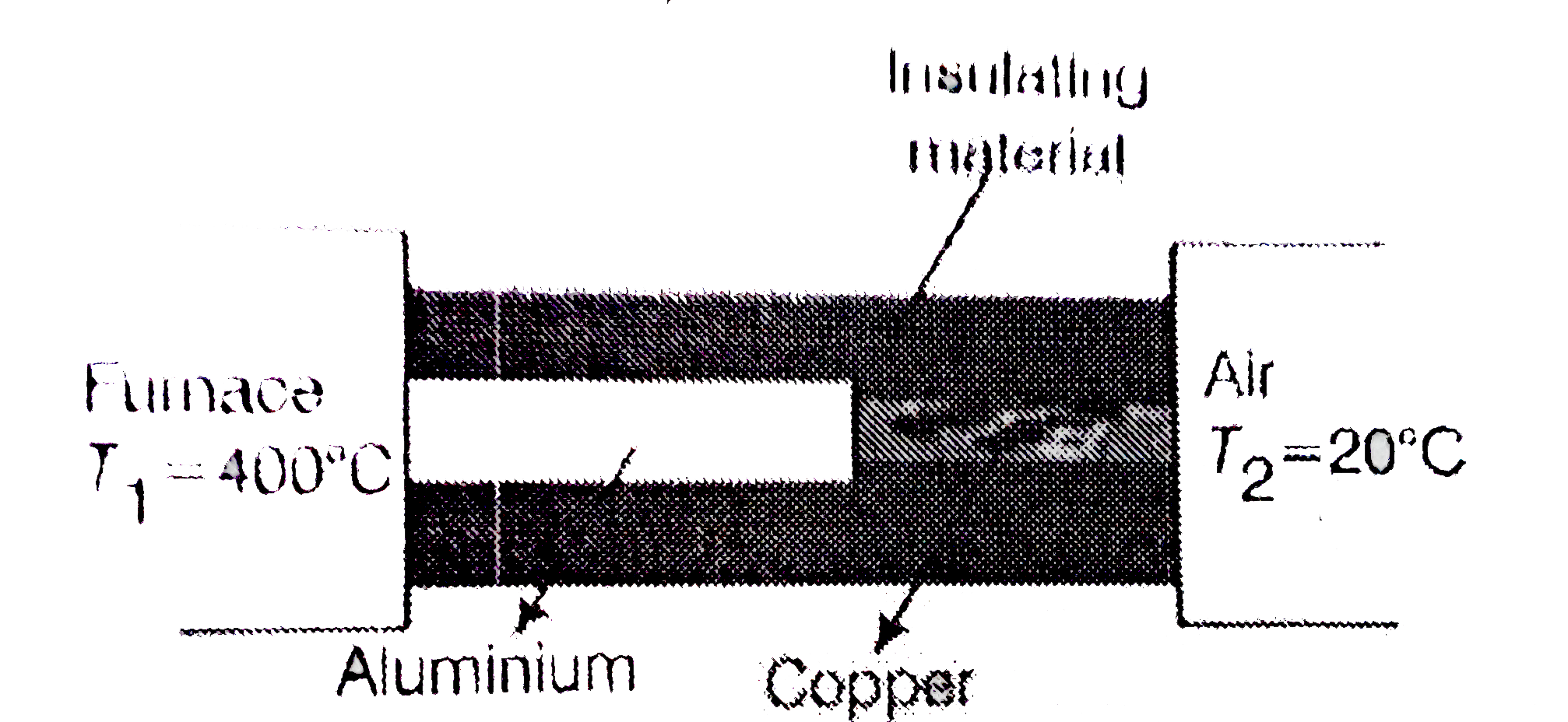
Given thermal conductivity KAl=240J/m/s/.∘C,KCu=400J/m/s/.∘CA300∘CB400∘CC288.24∘CD275.4∘C
The V – I graph for a wire of copper of length L and cross -section area A is shown in the figure below . The slope of the graph will be
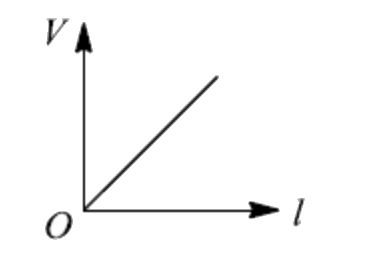
View SolutionThe V – I graph for a wire of copper of length L and cross -section area A is shown in the figure below . The slope of the graph will be

View SolutionResistance of a conductor of length l and area of cross-section A is R. If its length is doubled and area of cross-section is halved, then find its new resistance.
View SolutionThe current -voltage - variation for a wire of copper of length (L) and area (A) is shown in fig. The slope of the line will be
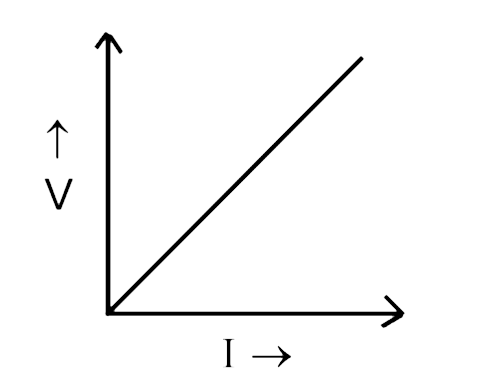
View SolutionThe plate characteristic curve of a diode in space charge limited region is as shown in the figure. The slope of curve at point P is 5.0 mA / V . The static plate resistance of diode will be
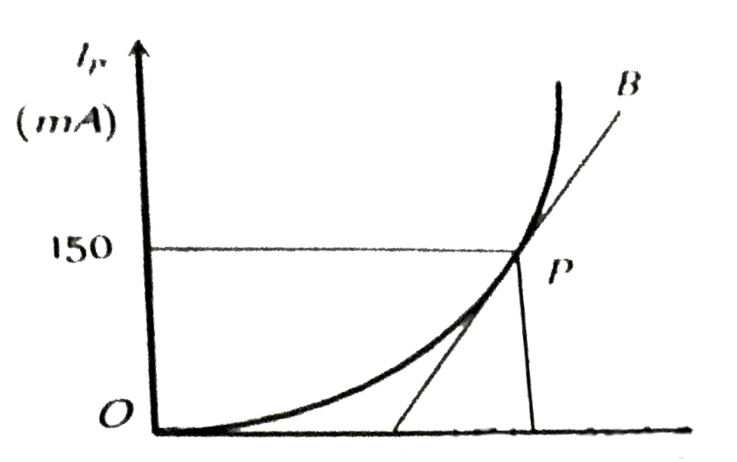
View Solution
